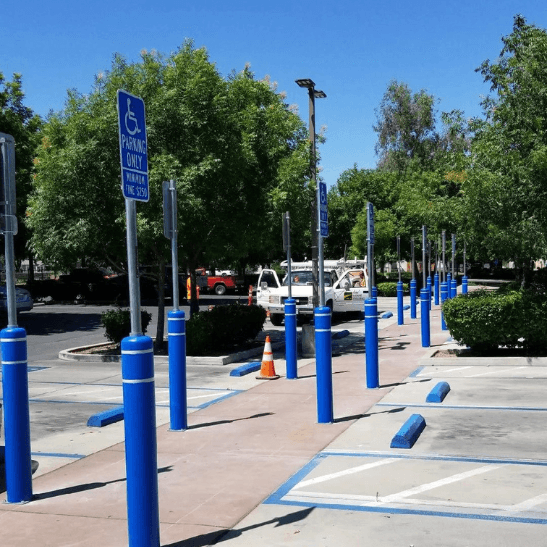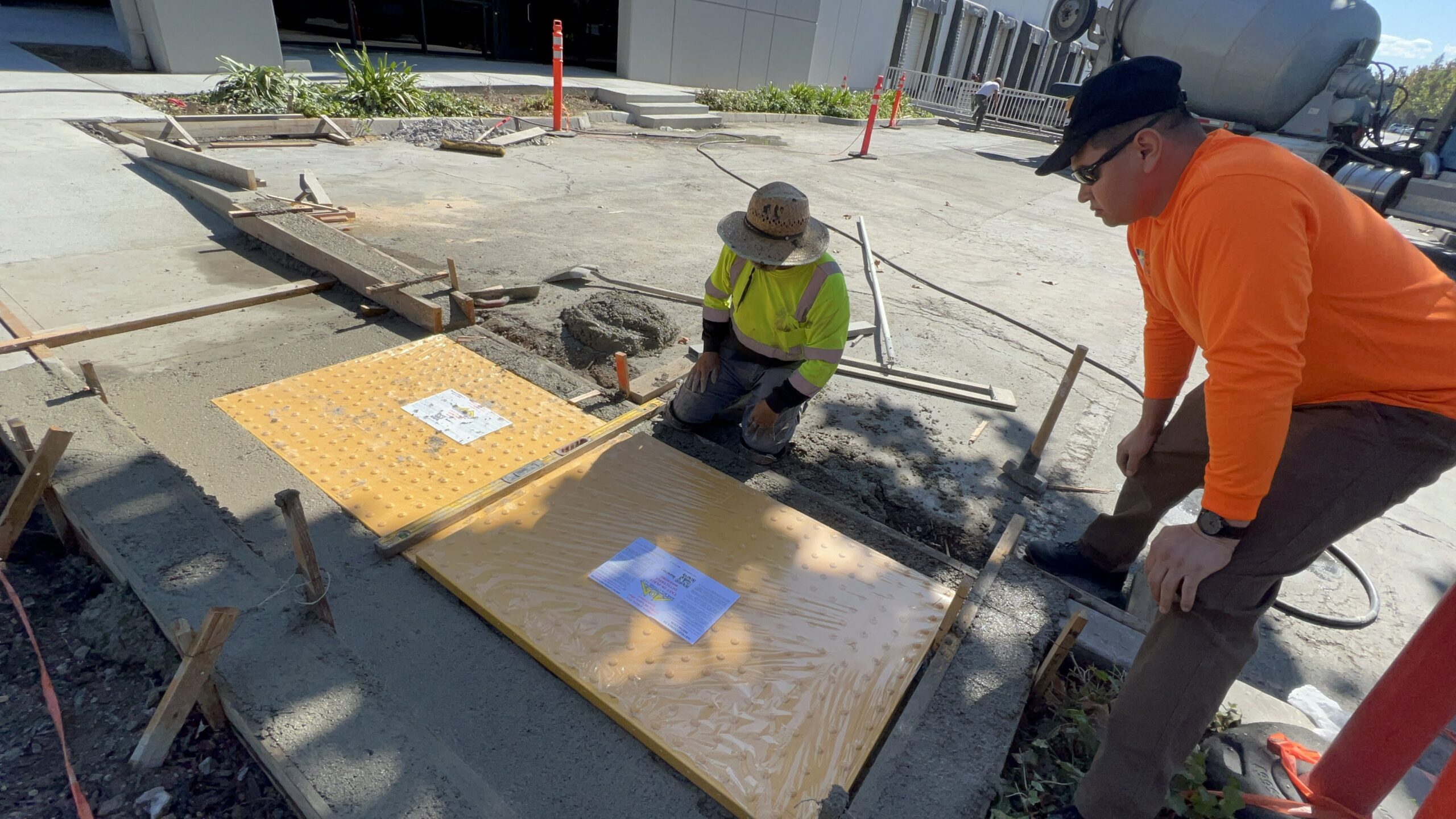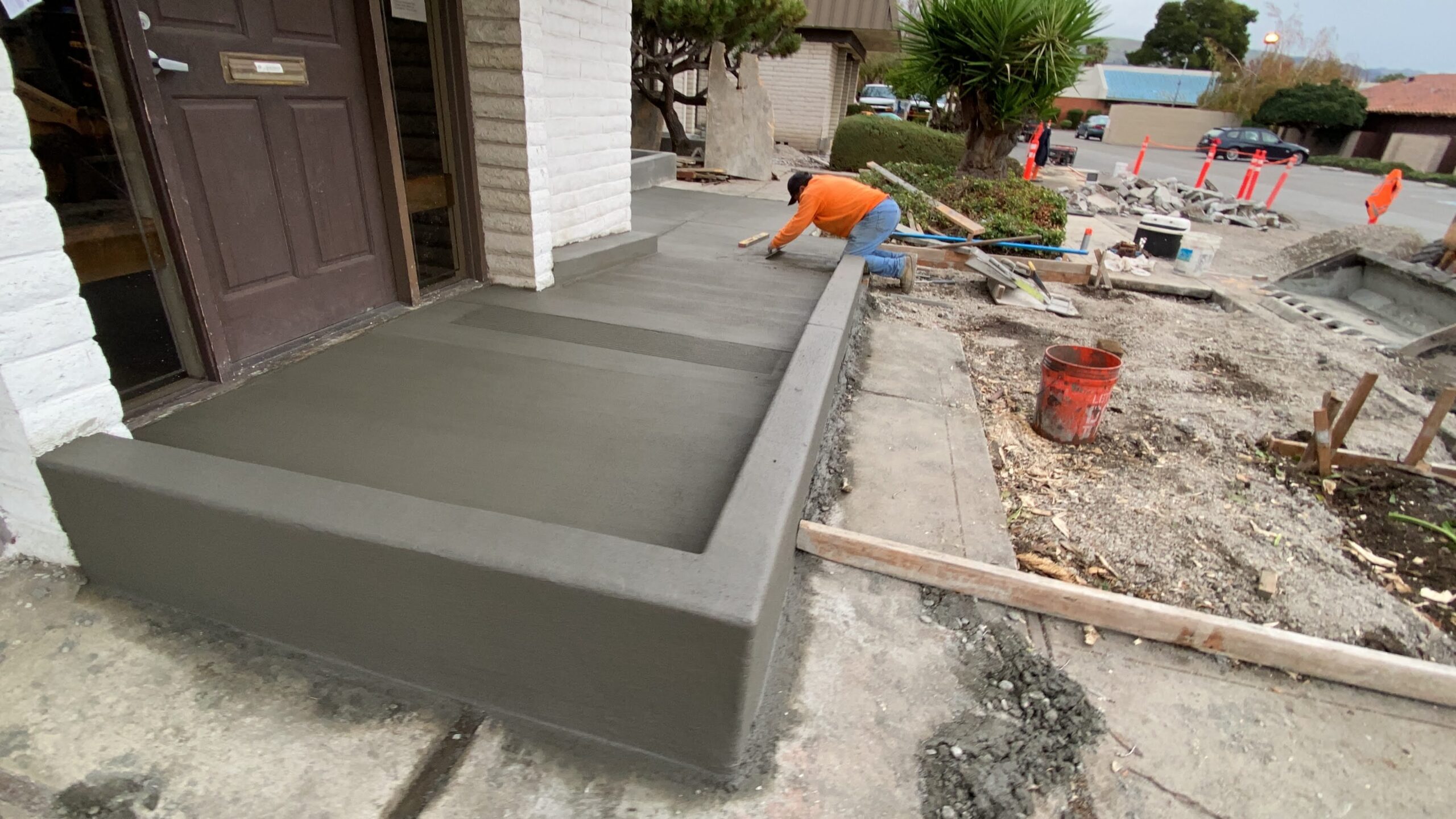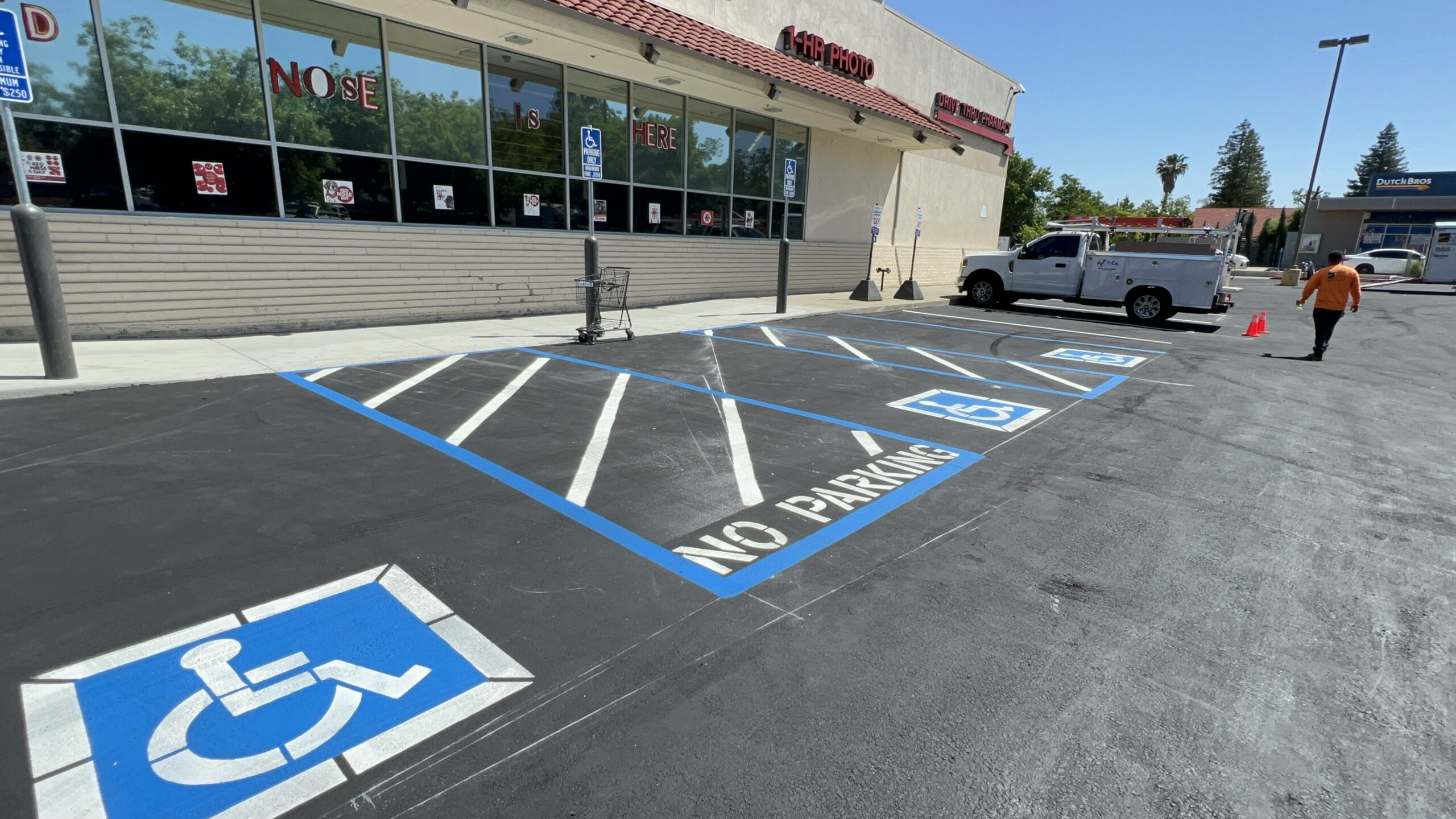ADA SYstems


The use of tuncated domes
Truncated domes, often referred to as detectable warning surfaces, play a crucial role in enhancing accessibility and safety for individuals with visual impairments. These distinctive tactile indicators are a mandated feature under the Americans with Disabilities Act (ADA) to provide a clear warning and guidance at key pedestrian transitions, such as street crossings, transit platforms, and hazardous vehicular areas.
Hand Rails
Handrails are an integral element of accessibility and safety in the built environment, particularly in accordance with the Americans with Disabilities Act (ADA) standards. Their purpose extends beyond mere support; they are designed to provide guidance, stability, and a sense of security for individuals with mobility challenges.


ADA Ramps
Ramps, a key element of accessibility design mandated by the Americans with Disabilities Act (ADA), serve a critical role in providing a barrier-free environment for individuals with mobility challenges. The purpose of ADA ramps goes beyond mere convenience; they are designed to ensure that spaces are universally accessible, allowing everyone, regardless of their mobility abilities, to navigate the built environment seamlessly.

Parking Spaces
ADA parking spaces play a pivotal role in providing accessible and equitable parking options for individuals with disabilities. The Americans with Disabilities Act (ADA) sets forth specific regulations governing the design and placement of accessible parking spaces to ensure that people with disabilities have convenient and safe access to various facilities.
